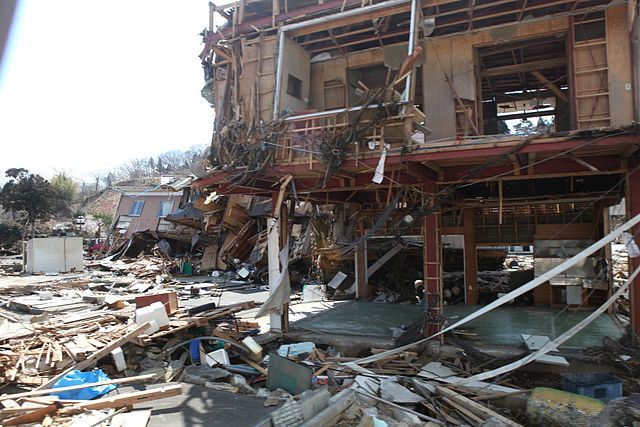Japanese authorities have ordered tens of thousands of residents to evacuate from the quake-hit Ishikawa region as torrential rains have triggered catastrophic floods and mudslides. The Japan Meteorological Agency (JMA) on Saturday issued its highest alert level for the area, urging residents to take immediate action to secure their safety. The intense rainfall has overwhelmed rivers, leading to widespread flooding and increasing the risk of further devastation in a region still recovering from a powerful earthquake earlier this year.
Officials in Ishikawa's cities of Wajima and Suzu, located on the Noto Peninsula, ordered the evacuation of approximately 44,700 people. These cities had already been severely impacted by a magnitude-7.5 earthquake on New Year's Day that killed at least 236 people and caused widespread infrastructure damage. Now, with heavy rains pounding the area, residents are once again facing a dire situation.
Satoshi Sugimoto, a JMA forecaster, described the rainfall as "unprecedented" and warned of a potentially deadly situation. "It is a situation in which you have to secure your safety immediately," Sugimoto said, stressing the gravity of the flooding and mudslide threats. Hourly rainfall reached record levels, with Wajima experiencing 121 mm (4.8 inches) in just one hour and nearby Suzu seeing 84.5 mm (3.3 inches) of rain.
The flooding has already inundated streets and submerged vehicles, with local media broadcasting footage of brown floodwaters turning urban streets into rivers. The situation is further complicated by the fact that the region's infrastructure is still vulnerable after the earthquake, which damaged roads, buildings, and utilities. At least 12 rivers in the Ishikawa region have breached their banks, exacerbating the flooding, and nearly 6,000 households are currently without power.
Japan's Land and Infrastructure Ministry confirmed that officials are closely monitoring the situation, particularly the impact on roads and bridges. With several rivers overflowing and mudslides becoming more frequent, emergency responders have been inundated with calls for rescue. The fire department in Wajima and Suzu has already been dispatched to multiple locations where residents are trapped by rising floodwaters.
Residents of neighboring prefectures, including Niigata and Yamagata, have also been instructed to evacuate as the JMA extended its warnings to those regions. An additional 16,000 people were told to leave their homes, as heavy rains continue to push river levels dangerously high.
The natural disaster marks yet another challenge for the Ishikawa region, which has been struggling to rebuild in the aftermath of the devastating earthquake earlier this year. That quake caused widespread structural damage and sparked a major fire, leaving the area in a vulnerable state. Now, the combination of unprecedented rains and post-quake instability has turned the situation into a full-scale crisis.
Scientists have pointed to human-driven climate change as a key factor behind the increasing intensity of rainfall in Japan. As global temperatures rise, the atmosphere holds more water, leading to heavier rain events, particularly in regions already prone to natural disasters. Japan, which regularly faces typhoons, floods, and earthquakes, has been experiencing more frequent and severe weather events in recent years.
The JMA has urged residents in the affected areas to exercise maximum caution, particularly in regions prone to landslides. Officials have highlighted the risks posed by the combination of heavy rains and already-damaged infrastructure, warning that mudslides could prove life-threatening.






